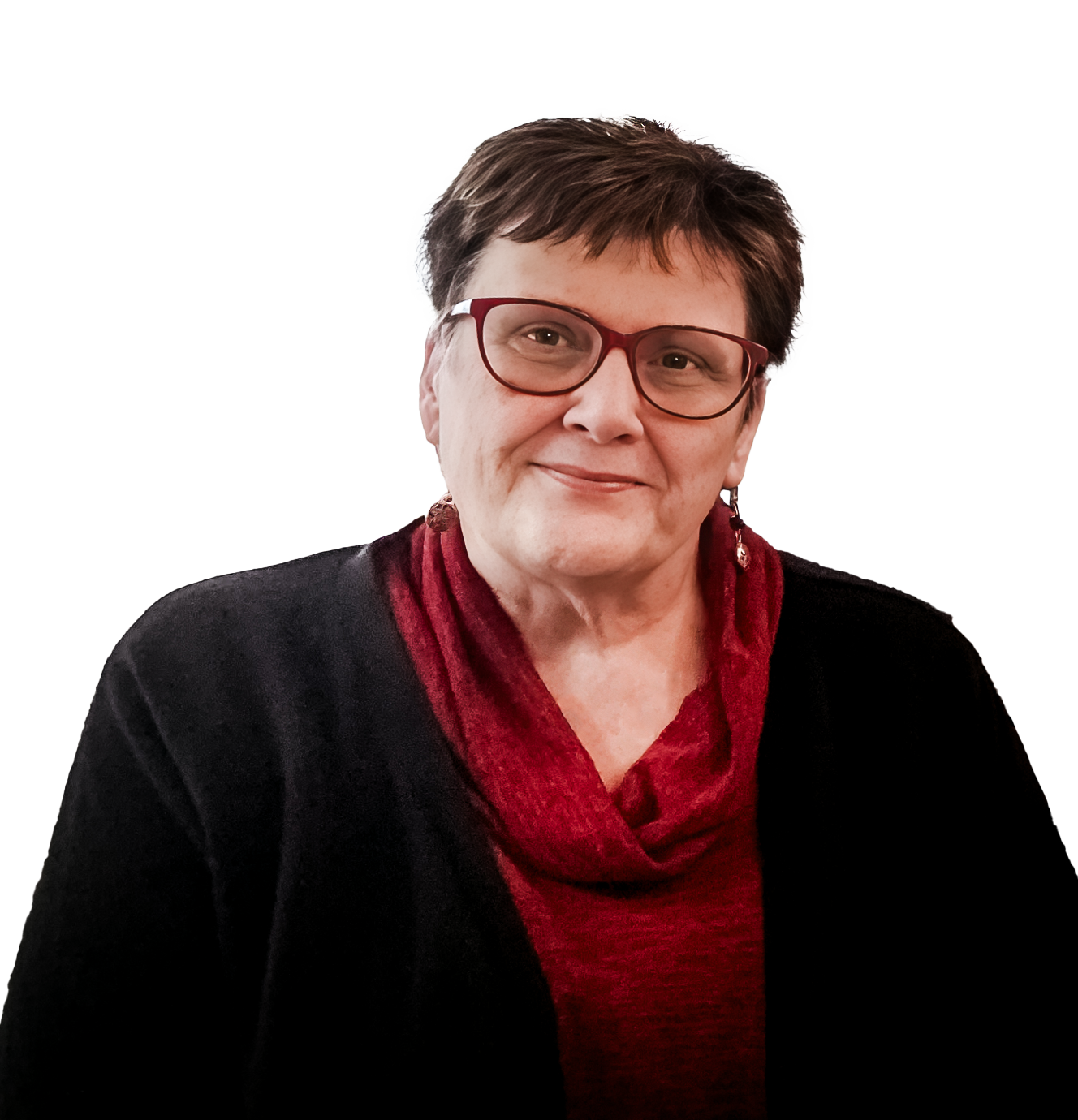I had an interesting chat with a friend on Facebook re The Hobbit and I thought I’d drag the conversation/discussion/surely-not-an-argument here to my little blog. Someone had posted an article decrying Tolkien’s perceived misogyny, or at least his ambivalence towards females, and my friend had shared the link. The question was, “Why are Tolkien’s worlds so devoid of females? How did we get hobbit/goblin/orc/dwarf families if there were no females?” Good question. “And, where are the strong role models for girls, in Tolkien’s books?” Another good, but different, question.
If one reads the books – The Hobbit and then the Lord of the Rings trilogy – it soon becomes clear that there are female hobbits/dwarves/elves and humans. The answer is not so clear when it comes to orcs. Is it possible they’re a sort of zombie goblin? Are they corrupted and mutated goblins/dwarves and/or men? Not sure. Of course orcs are creatures out of ancient anglo/saxon/jute mythology from the so-called Dark Ages and back in those days one didn’t have to explain where such creatures originated: they just were.
(By the way, I’m currently reading Brian Branson’s, The Lost Gods of England. Although it needs a good edit, it’s a fascinating read. I was particularly struck by how much of ancient English mythology has made it’s way into Tolkien’s works. What a clever fellow.)
What about the lack of strong role models for girls in Tolkien’s books? Well, there is barely a mention of any in The Hobbit, so that’s a fair call. Again, there are few females in LOTR but the ones that are there are all very strong characters and, I think, all excellent role models. They’re women who make a difference in their world; they’re willing to break the mold of “weak, submissive” women, and they have dynamic, intriguing and appealing personalities. The only problem is that there aren’t many of them.
The thing is, Tolkien began this enthralling story by telling his grandson bedtime stories. It started as a boy’s own adventure, and what an adventure! It was also written in a time when it was inconceivable that women would leave home in the company of a group of men, fight orcs, wield swords etc. If the story was written today, we could be certain there’d be some women in the company of dwarves and even, maybe, Bilbo or Frodo or Sam Gamgee would be a woman. But, it wasn’t written today.
Although we read books through our 21st century filters, we must make allowances for the era and culture in which the stories are written. I read these books as a young girl and loved every bit of them. Who were my female role models? There weren’t many back then: Joan of Arc, Madame Curie, Wonder Woman, Pippi Longstocking and my local (female) doctor topped the list. However, I had parents who told me I could be anything I wanted to be. I assumed this meant that if I ever had the chance to go on an adventure in the company of dwarves, elves and a wizard, I could do it with their blessing. It’s just a pity the opportunity never arose.
We live in a different era now, and it’s time we got some new role models: women of strength of character; women who are passionate for a cause; women who dare to challenge the status quo. We need new stories that will inspire our daughters and grand-daughters to live up to their potential and even, maybe, beyond. The young Afghan girl who asserted her right to an education, and was shot for it, is one who leaps to mind. Hilary Clinton (whether you like her politics or not) is certainly a strong woman. Of course, these are real women, and there have always been fine examples in real life.
What about female literary characters of the non-conservative type? Any suggestions?
